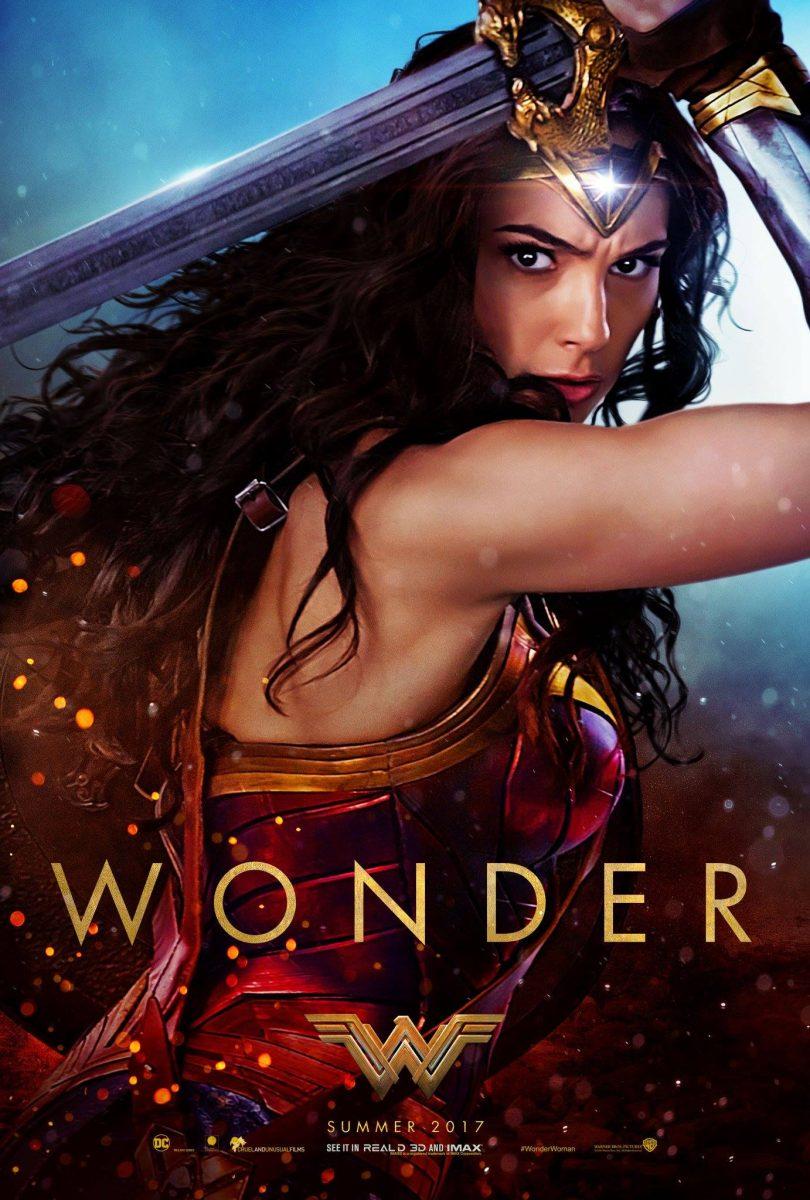“Wonder Woman,” the first female-led movie to be released during the current renaissance of superhero movies, produced higher success with critics than the previous installments of the DC Extended Universe (DCEU).
With a Rotten Tomatoes score of 93 percent from 193 reviews after opening day, “Wonder Woman” is faring better than its three predecessors: “Man of Steel” (55 percent), “Batman vs. Superman: Dawn of Justice” (27 percent) and “Suicide Squad” (25 percent). It is also seeing more success than older superheroine movies, such as “Catwoman” (9 percent) or “Elektra” (10 percent), both of which were used as examples of why a Wonder Woman movie would be unsuccessful.
The film, which is set within the DCEU, brings Wonder Woman (Gal Gadot) to the big screen for the first time in a standalone capacity. The opening scene is set in modern-day Paris and sets up the film to fit within the DCEU, before flashing back to tell the backstory of Princess Diana of Themyscira. While it is a traditionally overused way to tell a story, it works in this capacity to set the stage for how everything fits with the pre-existing universe.
Some changes were made to the comic backstory of Diana, which is not uncommon in both the current Marvel and DC movie franchises, but the heart of the character is still the same. The story follows Diana as she meets an American pilot, Steve Trevor (Chris Pine), and accompanies him to London into the trenches of World War I. At the front, Diana helps Trevor and his friends work towards peace. The plot is interesting and the script is well-written, but the film felt slow at times. Between the war setting, the historical backstory to set a character up for use in the present timeline and the slight pacing issues, it was very reminiscent of “Captain America: The First Avenger.”
The most noticeable change from the previous installments of the DCEU was a bigger infusion of humor into the script. With the plot centered in World War I and the high death toll associated with it, the film remains in keeping with the dark tone of the universe, but the humor adds a desperately needed lighter side. The Marvel Cinematic Universe relies heavily on humor to bring in a larger audience to great success, and it’s a relief to see a bit of that in the DCEU. “Suicide Squad” utilized humor as well, but came with a separate set of issues holding it back that weren’t present in “Wonder Woman,” particularly with directing and character development.
As Wonder Woman has long been a feminist icon, marketing departments utilized that to their advantage, although it was not without its backlash. The Alamo Drafthouse Cinema in Austin barred men from a screening of the film on opening night, as did one in Brooklyn. This sparked online furor from people who argued that a male-only screening would be considered unacceptable. The theater responded to critics through social media, but their screenings went on as scheduled.
The feminist empowerment extended to the director’s chair as well, with the hiring of Patty Jenkins. In her second film directorial outing, Jenkins became the first woman to direct a superheroine movie. She also broke the box office record for female directors, with $11 million at the box office during Thursday night previews alone.
“Wonder Woman” has been the first true glimpse into the possible greatness that the DCEU could achieve, but the franchise still has a long way to go if they want to truly compete with Marvel.







